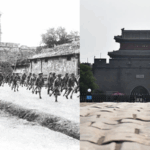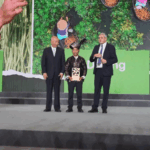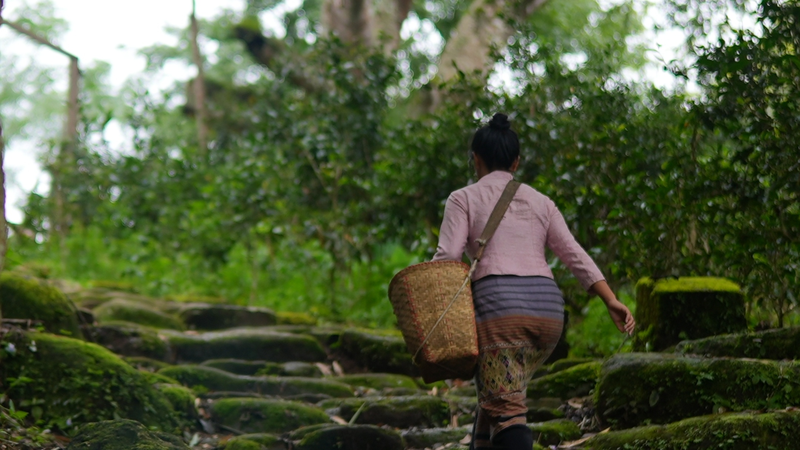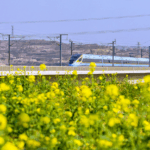Shanxi Province, a storied region on the Loess Plateau, stands as a living bridge between China’s revolutionary past and its modern aspirations. During the World Anti-Fascist War, its rugged terrain became a strategic stronghold, where soldiers ground black beans – once horse feed – into life-sustaining flour. Today, these humble legumes symbolize resilience, featured in red tourism initiatives that draw visitors to historic sites like the Jin-Sui Border Region.
In Xing County, residents and tourists now gather at ecological parks to operate traditional stone mills in villages like Songjia and Caijia, connecting with wartime ingenuity. Nearby, the captured Japanese stronghold of Duancun in Wuxiang County serves as a stark reminder of the region’s pivotal battles. Meanwhile, landmarks such as the Thousand Buddha Pagoda reflect Shanxi’s enduring cultural legacy.
This blend of history and modernity positions Shanxi as a microcosm of China’s transformative journey. For investors, its evolving tourism sector offers untapped potential, while academics find rich material in its layered narratives. Diaspora communities and travelers alike are drawn to its authentic stories of perseverance – a testament to how memory fuels renewal.
Reference(s):
Shanxi Province bears witness to the brilliance of the revolution
cgtn.com







